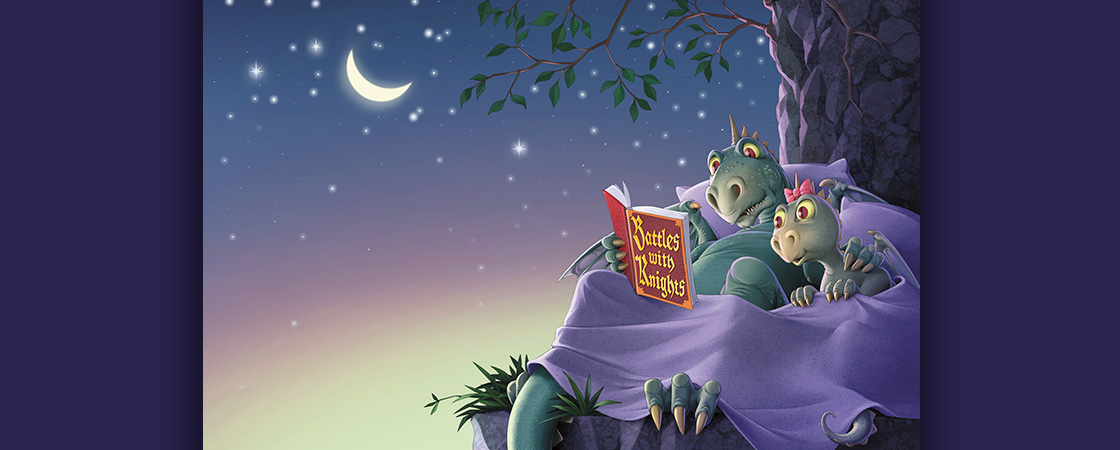The dragons are dozing.
They’re catching some Z’s.
They’re snoozing and snoring
as loud as they please.
They snore through the morning.
They drowse through the day.
They often will dream
the whole evening away.
And, then, after sunset,
the dragons will rise.
They’ll wake from their slumber
and take to the skies.
They’ll search for a snack,
like a sheep or some cattle,
then fly around looking
for knights they can battle.
By morning, they’re worn out
and rest while it’s light.
They sleep every day since
they fight every knight.

